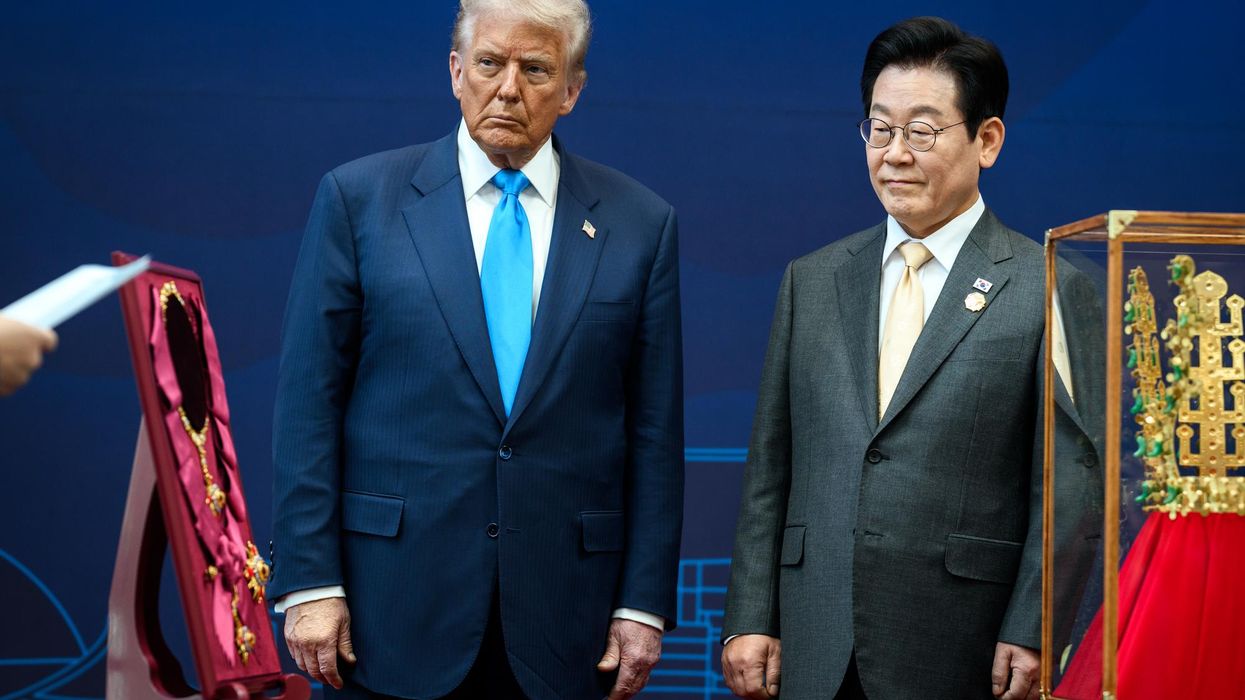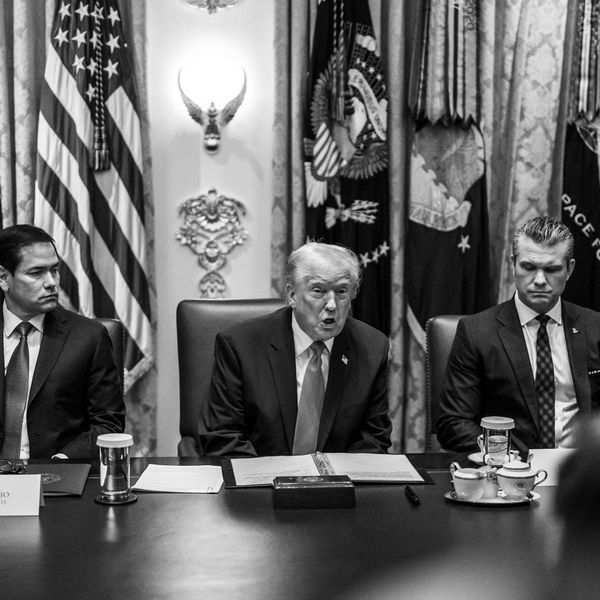Fourteen Pentagon contractors hired 1,718 former Department of Defense senior civilian and military officials from 2014 to 2019, raising serious questions about the safeguards in place to limit lobbying by former DoD officials and undue influence by weapons firms over national security policies.
The data, laid out in a Government Accountability Office report this month, resulted in a number of good governance and foreign policy groups, including the Quincy Institute, sending a letter today to House Rules Committee Chair Rep. James P. McGovern (D-Mass.) and Ranking Member Rep. Tom Cole (R-Okla.), urging them to strengthen revolving door restrictions on former DoD personnel in the 2022 defense authorization bill.
“Existing restraints on lobbying by former DOD officials are woefully inadequate and undermine efforts to prevent undue influence on the national security policies of the United States,” says the letter, organized by the Project on Government Oversight. “Amendments to further limit the revolving door will enhance integrity in the operations of the Department of Defense.”
Specifically, the coalition asks Congress to ban former government employees from registering as lobbyists for two years (an increase over the current one year ban), extend the period in which Pentagon officials must recuse themselves from decisions involving their former employers from one to four years and require contractors to report their hiring of former senior Pentagon officials and officers.
The steps, if implemented, would signal that Congress is serious about combating the fiscal and national security costs of revolving door employment and influence peddling. “Influence peddling by former senior officials on behalf of contractors risks diminishing military effectiveness, undermines competition and performance, and leads to higher costs for the military and taxpayers,” says the letter.
That threat has risen in profile as critical assessments of the U.S. war in Afghanistan show that weapons firms pocketed at least $4.4 trillion since September 11, 2001, while the post-9/11 wars have imposed $8 trillion in past or future costs on taxpayers.
The revolving door for top Pentagon brass was highlighted in a Washington Post investigation earlier this month. It found “eight generals who commanded American forces in Afghanistan between 2008 and 2018 have gone on to serve on more than 20 corporate boards,” including former chairman of the joint chiefs of staff Ret. Gen. Joseph Dunford Jr., who joined the board of Lockheed Martin.
An investigation by Responsible Statecraft and The Daily Beast earlier this year found that two-thirds of the Afghanistan Study Group, a blue ribbon task force established by Congress that recommended President Joe Biden extend the U.S. troop presence in Afghanistan, have current or recent financial ties to the weapons industry, a financial conflict of interest that went undisclosed by the ASG.
The amendments highlighted in the letter “would take significant steps toward restoring Americans’ faith in their government and ensuring that the military and its civilian leadership are above reproach in their service to our nation,” says the letter. “Current restrictions have done little to slow the revolving door, and it’s clear that systemic legislative change is needed.”
















